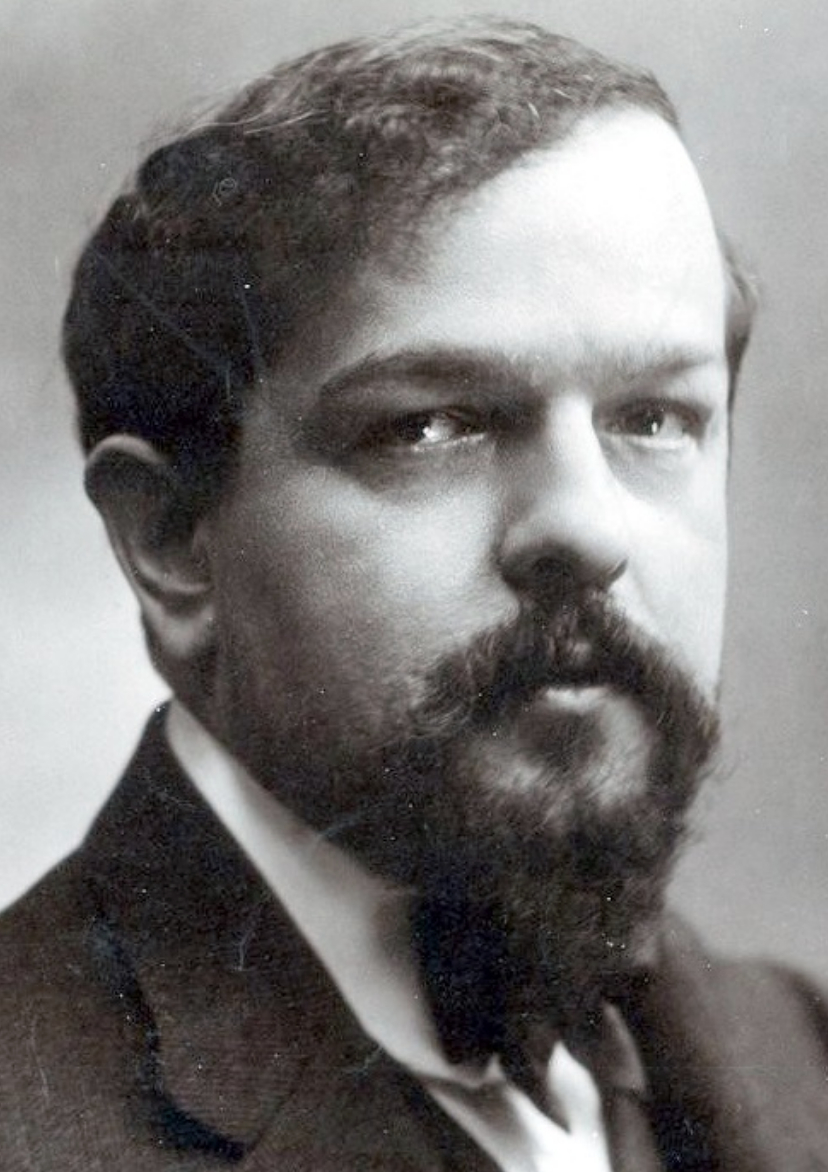On this date in 1862, Achille–Claude Debussy, the originator of “musical impressionism,” was born in Saint-Germain-en-Laye, France, the oldest of five children. Becoming a student at the Paris Conservatoire at 11 years old, Debussy went on to win the 1884 Prix de Rome. From 1887 on, he spent his life writing musical compositions, rarely performing.
His most famous works are “Claire de Lune” and the orchestral “Prelude to the Afternoon of a Faun,” based on a poem by his friend Stephene Mallarme. His works included orchestral suites, preludes, a ballet and “Pelléas et Mélisande,” his only completed opera.
Debussy married Marie-Rosalie Texier, known as “Lilly,” in 1899 but became increasingly irritated by what he saw as her intellectual limitations and lack of musical sensitivity, according to music scholar Robert Orledge. They divorced in 1904, and in 1905 he married Emma Bardac, who had already given birth to his daughter, Claude-Emma.
In 1915 he underwent one of the earliest colostomy operations after a colon cancer diagnosis. His health continued to decline and he died at age 55 from cancer during the bombardment of Paris by Germany. “His themes — so frequently taken from Mallarme, Verlaine, Baudelaire, etc., — sufficiently indicated his entire rejection of creeds, and he had a secular funeral.” (Joseph McCabe, A Biographical Dictionary of Modern Rationalists, 1920) (D. 1918)
PHOTO: Debussy in 1908 at age 46.


